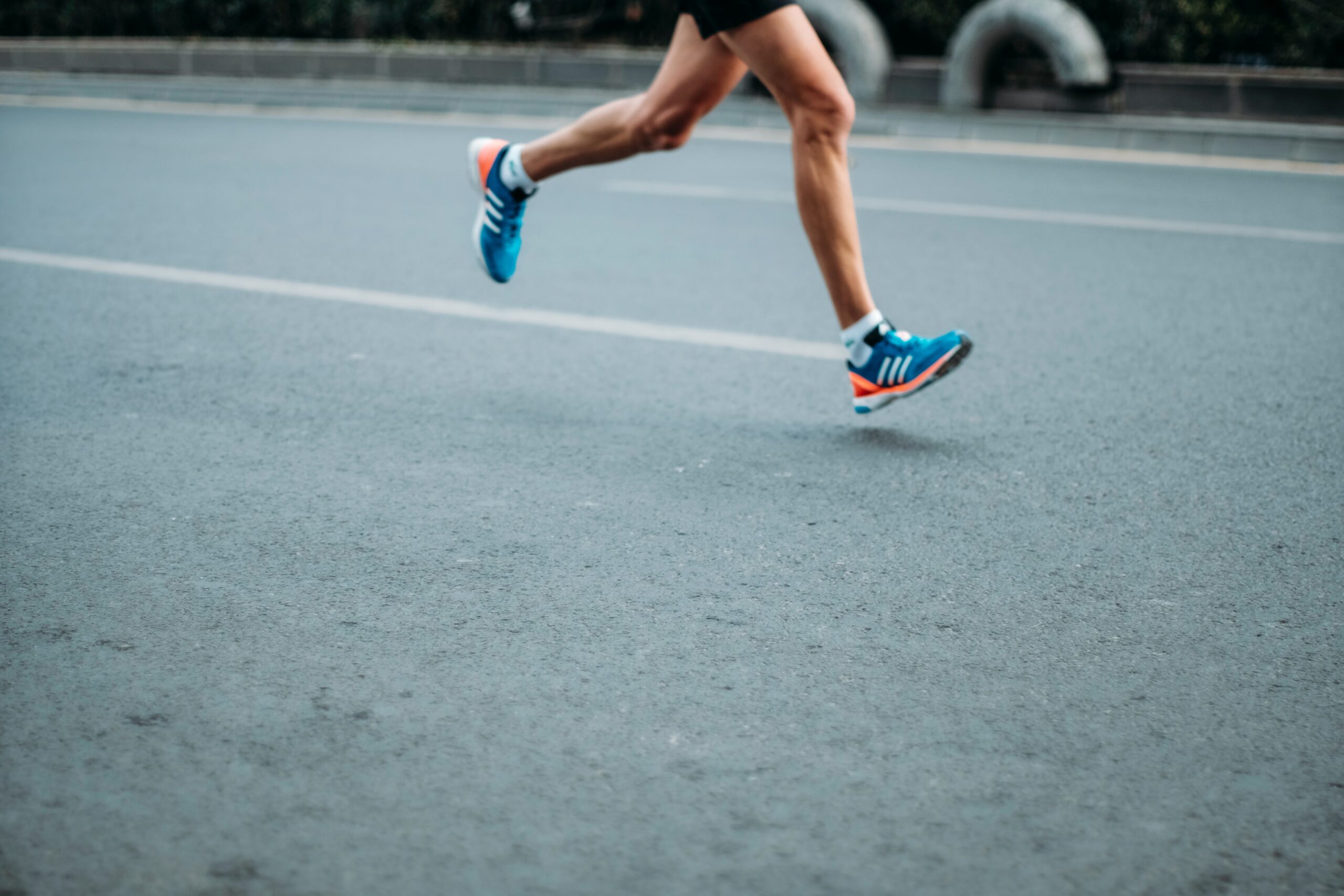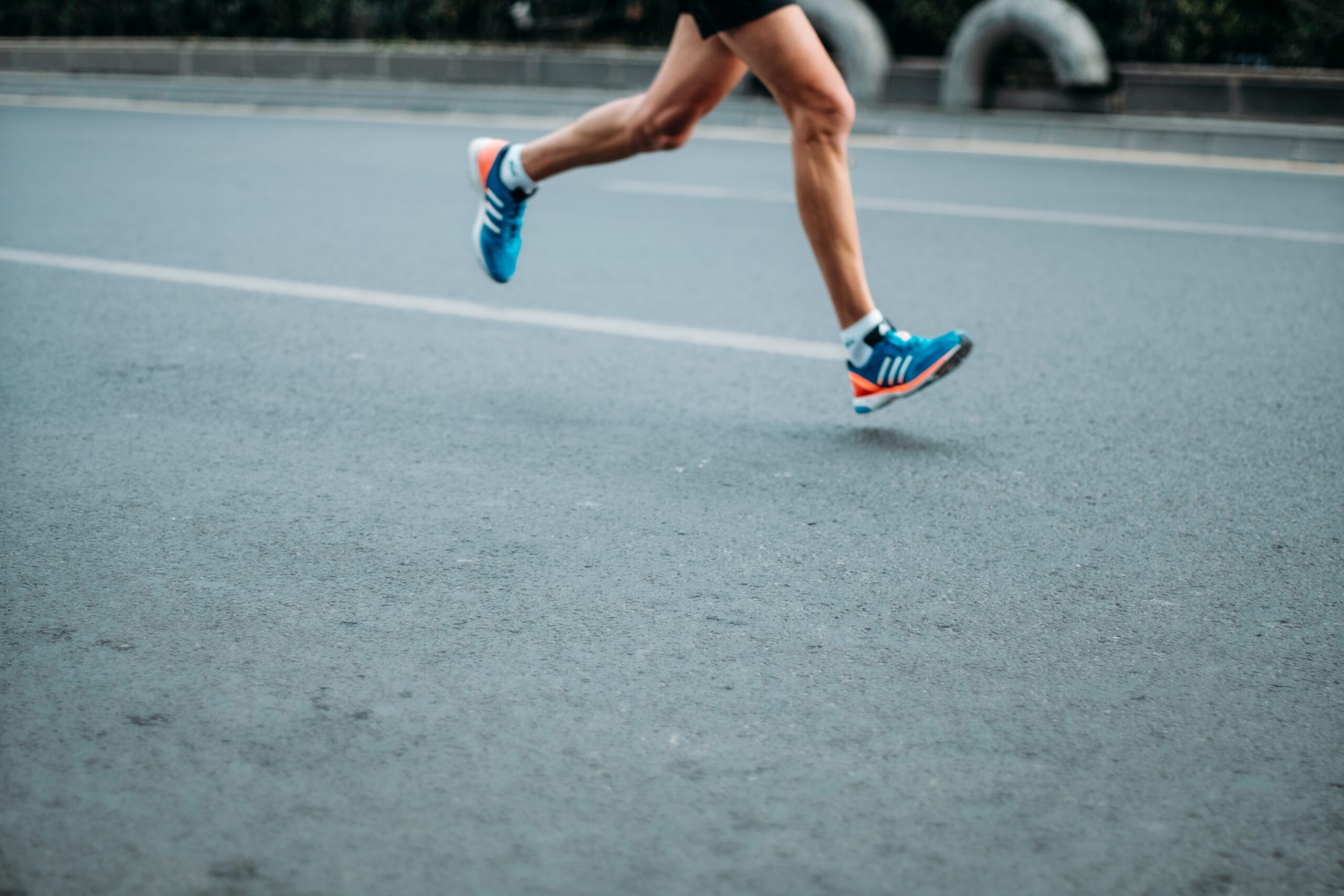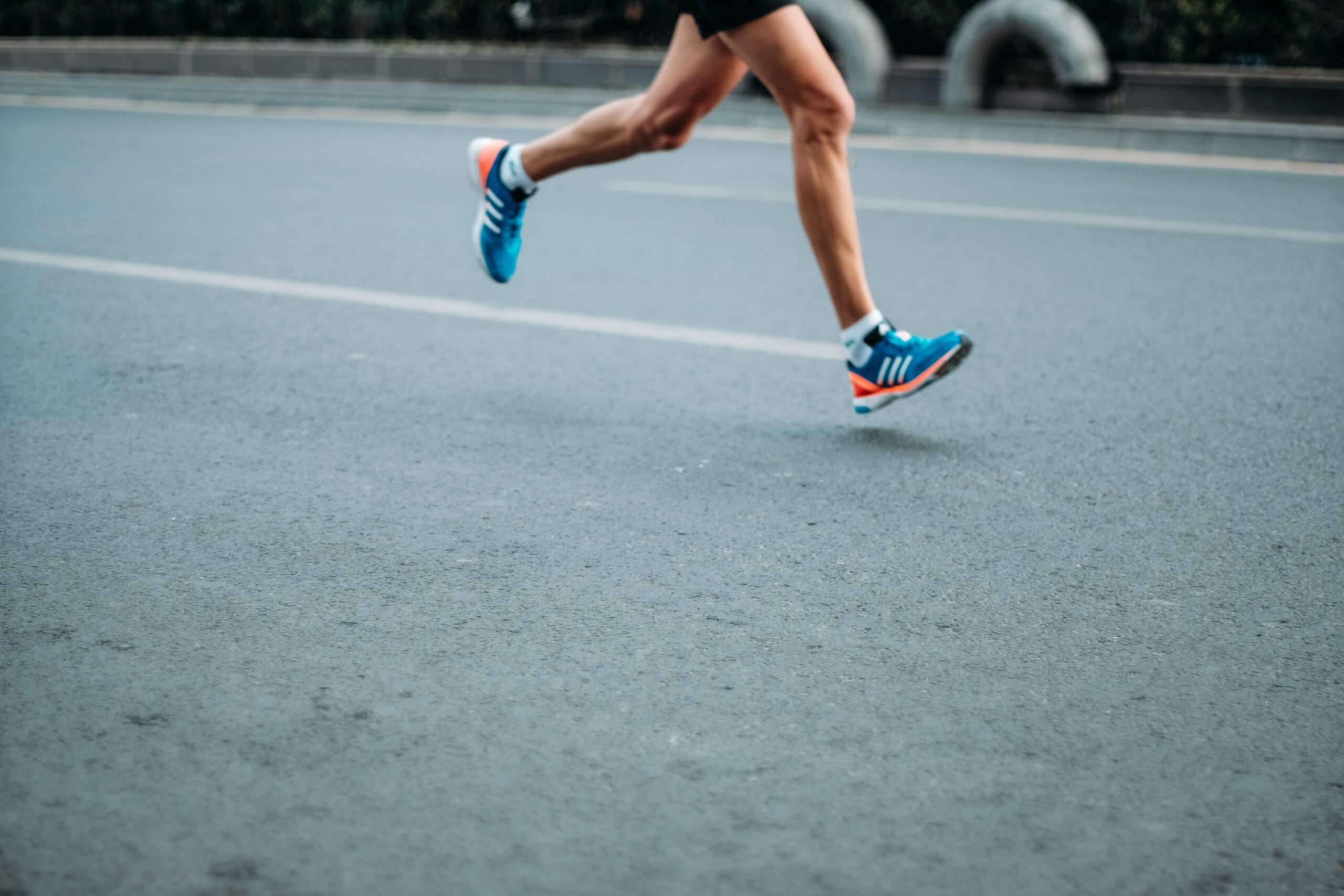Embark on your running journey equipped with the knowledge of proper breathing techniques to optimize your performance and overall experience. Efficient breathing while running is a skill that can significantly impact your endurance, pace, and stamina. In this comprehensive guide, we will investigate into the nuances of breathing rhythms, techniques, and tips to help you master the art of breathing while jogging. Let’s elevate your running game by enhancing your breathing technique.
Key Takeaways:
- Focus on diaphragmatic breathing: Engage your diaphragm to breathe deeply from the belly, allowing more oxygen to reach your muscles.
- Find a breathing rhythm: Coordinate your breathing with your steps, such as inhaling for 3 steps and exhaling for 2 steps, to maintain a steady flow of oxygen.
- Practice breathing exercises: Train your respiratory muscles with exercises like pursed lip breathing or deep belly breathing to improve lung capacity and efficiency.
- Stay relaxed while running: Avoid tensing your upper body or holding your breath, as this can hinder your breathing and overall performance.
- Listen to your body: Pay attention to how your breathing feels during different paces and adjust your technique accordingly to optimize your running efficiency.
The Basics of Breathing While Running
Some people overlook the importance of proper breathing technique while running, but mastering the art of efficient breathing can significantly enhance your jogging experience. Understanding the fundamentals of breathing while running and practicing the right techniques can help improve your endurance, performance, and overall enjoyment of this physical activity.
Understanding the Breathing Process
With every stride you take while running, your body requires a steady flow of oxygen to fuel your muscles and keep you going. During exercise, your muscles produce carbon dioxide as a byproduct, which needs to be expelled through exhalation. Proper breathing involves inhaling an adequate amount of oxygen and exhaling carbon dioxide efficiently to maintain a balanced oxygen-carbon dioxide ratio in your body.
It’s essential to synchronize your breathing with your running rhythm to ensure a consistent flow of oxygen to your muscles. Proper breathing technique can help prevent side stitches, muscle cramps, and overall fatigue during your run, allowing you to go further and push your limits.
The Diaphragmatic Breathing Technique
Technique is key when it comes to efficient breathing while running. The diaphragmatic breathing technique, also known as belly breathing, involves engaging your diaphragm to take deep breaths and fill your lungs to capacity. This technique allows you to maximize the amount of oxygen you intake with each breath, promoting better oxygen exchange in your body.
Breathing deeply into your diaphragm can help you maintain a steady rhythm and prevent shallow breathing, which can lead to inefficient oxygen flow and increased fatigue. Practice this technique during your runs by focusing on expanding your belly as you inhale deeply through your nose, then exhaling slowly through your mouth to release carbon dioxide and relax your body.
Advanced Techniques and Tips
While mastering the basics of breathing while running is crucial, advanced techniques can take your running performance to the next level. Here are some key tips to enhance your breathing efficiency and overall jogging technique:
- Focus on deep belly breathing to maximize oxygen intake
- Practice diaphragmatic and pursed lip breathing techniques
- Engage in breathing exercises outside of running to strengthen respiratory muscles
- Experiment with different breathing rhythms and patterns to find what works best for you
Synchronizing Breath with Stride
An essential aspect of advanced breathing techniques while running is synchronizing your breath with your stride. This synchronization helps optimize your oxygen intake and energy efficiency. To achieve this, focus on taking deep breaths in sync with your steps. For example, inhale for two steps and exhale for two steps to establish a rhythmic pattern that suits your pace.
Another effective method is using your exhale to drive your foot strike. By exhaling forcefully as your foot lands, you can improve your running economy and reduce the risk of side stitches. Practice different synchronization techniques during your training runs to find what feels most natural and effective for you.
Breathing Patterns for Different Running Intensities
Tips for adapting your breathing to different running intensities:
The intensity of your run plays a significant role in determining the most effective breathing pattern. When running at a moderate pace, aim for a comfortable 3:3 breathing rhythm (inhale for three steps, exhale for three steps). This pattern provides a balance between oxygen intake and energy output, keeping you comfortable and efficient over longer distances.
Factors That Affect Breathing
For runners, understanding the factors that can affect their breathing is crucial in mastering the art of efficient breathing while running. By being aware of these factors, runners can make adjustments to their technique and environment to optimize their breathing and enhance their overall performance.
The Role of Posture in Efficient Breathing
That maintaining good posture is essential for efficient breathing while running. Proper posture allows the lungs to fully expand and contract, maximizing oxygen intake and carbon dioxide release. When running, focus on keeping your back straight, shoulders relaxed, and head aligned with your spine. Engaging your core muscles can also help support your posture and breathing.
That poor posture can restrict the ability of the diaphragm to move freely, leading to shallow breathing and reduced oxygen exchange. Practice running with proper posture to improve your breathing efficiency and endurance. Consistent attention to your posture can help make efficient breathing second nature during your runs.
The Impact of Environment and Weather
That environmental factors such as air quality, temperature, and humidity can significantly impact your breathing while running. In polluted areas, poor air quality can make breathing more difficult and lead to respiratory issues. Similarly, running in extreme heat or cold can also affect your breathing efficiency.
Affect how you breathe while running. Be mindful of the environmental conditions when planning your runs and adjust your pace and intensity accordingly. Consider using a mask or choosing routes with cleaner air if air quality is a concern in your area. Monitoring the weather and making adjustments to your running gear can help you breathe more comfortably and stay safe during your workouts.
Training Your Breath
Despite being a natural and often automatic function, breathing while running can be a skill that needs to be developed and honed to improve your overall performance. Just like any other aspect of your running routine, your breathing can be trained to become more efficient and effective, helping you go the extra mile with less effort.
Exercises to Improve Lung Capacity
Breath control exercises, such as diaphragmatic breathing and pursed lip breathing, can help increase your lung capacity and improve the efficiency of oxygen exchange in your body. Diaphragmatic breathing, also known as belly breathing, involves taking deep breaths where your diaphragm moves downward, allowing your lungs to fill with more air. Pursed lip breathing focuses on exhaling through slightly pursed lips to control the release of air and keep your airways open for longer.
Another beneficial exercise is interval training, where you alternate between periods of intense exercise and rest. This type of training can help condition your body to better handle the stress of running while simultaneously improving your lung capacity over time. By challenging yourself with intervals of increased intensity, you can push your breathing abilities to new levels and enhance your overall running performance.
Incorporating Breathing Drills into Your Running Routine
Improve your running technique by incorporating breathing drills into your regular training regimen. Focus on rhythmic breathing patterns, such as inhaling for two steps and exhaling for two steps, to create a harmonious breathing cadence that synchronizes with your running pace. This technique helps regulate your breathing, prevent side stitches, and maintain a steady flow of oxygen to your muscles.
Lung capacity and breathing efficiency are vital components of a successful running practice. By integrating specific breathing drills into your routine, you can train your body to adapt to the demands of running, leading to improved performance and endurance on the track or trail.
Common Challenges and How to Overcome Them
Dealing With Side Stitches
Now, let’s address one of the most common challenges that runners face – side stitches. These sharp pains on the side of the abdomen can be quite uncomfortable and disruptive to your running routine. To overcome side stitches, it is important to focus on your breathing rhythm. Take deep breaths in through your nose and exhale slowly through your mouth. Some runners find that taking a deep breath when their foot strikes the ground on the opposite side of the stitch can help alleviate the discomfort.
Another way to prevent side stitches is to avoid eating a large meal right before running. Opt for a light snack instead and make sure to stay hydrated. Additionally, warming up properly and gradually increasing your running intensity can help reduce the likelihood of experiencing side stitches during your run.
Adjusting Your Breath During Hills and Altitudes
Hills pose a unique challenge for runners when it comes to breathing. Uphill running requires more effort and energy, which means you’ll need to adjust your breathing pattern to accommodate the increased workload. Focus on taking shorter, quicker breaths to supply your muscles with the oxygen they need to tackle the incline. As you crest the hill and start the descent, you can adjust your breathing back to a more relaxed rhythm.
For instance, when running at higher altitudes where the air is thinner, your body may need to work harder to oxygenate your muscles. In these conditions, it’s important to be mindful of your breathing and take deeper breaths to compensate for the lower oxygen levels. Practice controlled breathing techniques during uphill climbs and at higher altitudes to optimize your performance and avoid feeling out of breath.
Summing up
Drawing together all the elements discussed in this article, it is clear that mastering breathing techniques while running is essential for enhancing your jogging performance. By learning to breathe efficiently and synchronizing your breath with your stride, you can boost your endurance, reduce fatigue, and improve your overall running technique. Practice different breathing patterns and find what works best for you to optimize your performance and enjoy a more comfortable and effective running experience. Do not forget, proper breathing technique is just as important as proper form and training when it comes to achieving your running goals.
FAQ
Q: Why is breathing important while running?
A: Efficient breathing while running is crucial as it helps supply oxygen to your muscles, improves performance, and prevents fatigue.
Q: How should I breathe while running?
A: Focus on deep belly breathing by inhaling through your nose and exhaling through your mouth. This technique helps maximize oxygen intake and release carbon dioxide.
Q: What is the ideal breathing rhythm for running?
A: Aim for a 3:2 breathing ratio, inhaling for three counts and exhaling for two counts. This pattern helps maintain a steady flow of oxygen to your muscles.
Q: How can I enhance my breathing technique while running?
A: Practice diaphragmatic breathing techniques outside of running to strengthen your respiratory muscles. Additionally, stay relaxed and maintain good posture while running to optimize your breathing.
Q: Are there any common breathing mistakes to avoid while running?
A: Avoid shallow chest breathing, breath holding, or breathing too rapidly. These habits can lead to stitches, side cramps, and decreased performance. Remember to stay mindful of your breathing to run more efficiently.






